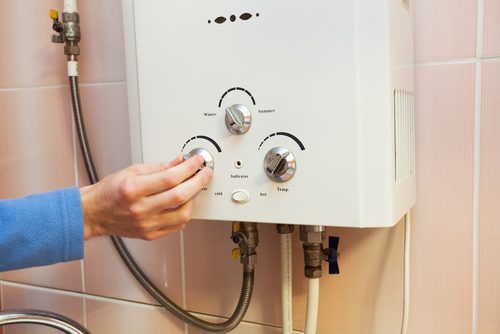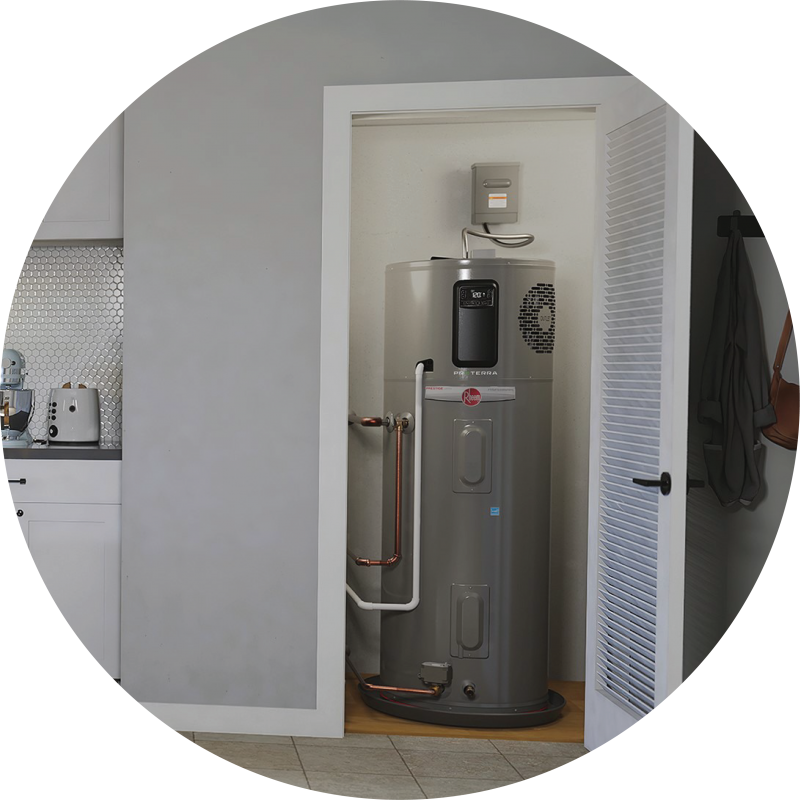Simple Steps to Caring for Your Home's Hot Water SystemEssential Care Strategies for Your Home's Hot Water System
Simple Steps to Caring for Your Home's Hot Water SystemEssential Care Strategies for Your Home's Hot Water System
Blog Article
Are you currently interested in guidance on Tips on Maintaining a Water Heater?

Hot water is essential for day-to-day convenience, whether it's for a rejuvenating shower or washing recipes. To guarantee your hot water system runs efficiently and lasts much longer, routine upkeep is essential. This article supplies useful pointers and insights on just how to preserve your home's hot water system to stay clear of disturbances and expensive fixings.
Introduction
Maintaining your home's warm water system may appear complicated, but with a few straightforward steps, you can guarantee it operates efficiently for many years to come. This overview covers whatever from recognizing your warm water system to DIY upkeep suggestions and recognizing when to contact specialist assistance.
Relevance of Preserving Your Hot Water System
Routine maintenance not just extends the life-span of your hot water system yet also guarantees it operates successfully. Overlooking maintenance can bring about decreased effectiveness, greater energy expenses, and even early failure of the system.
Indicators Your Warm Water System Needs Upkeep
Recognizing when your hot water system requires attention can stop significant issues. Keep an eye out for signs such as irregular water temperature level, strange noises from the heater, or corroded water.
Understanding Your Hot Water System
Prior to diving into maintenance jobs, it's useful to comprehend the standard elements of your warm water system. Typically, this includes the hot water heater itself, pipes, anode rods, and temperature level controls.
Monthly Maintenance Tasks
Routine month-to-month checks can help capture small issues before they intensify.
Purging the Water Heater
Flushing your hot water heater gets rid of sediment accumulation, enhancing performance and extending its life.
Checking and Replacing Anode Rods
Anode poles protect against corrosion inside the tank. Checking and changing them when broken is crucial.
Examining and Changing Temperature Level Setups
Adjusting the temperature settings ensures optimal performance and security.
DIY Tips for Maintenance
You can carry out a number of maintenance jobs on your own to maintain your warm water system in leading problem.
Checking for Leaks
Routinely inspect pipes and connections for leaks, as these can lead to water damage and greater costs.
Checking Stress Alleviation Valves
Checking the stress safety valve guarantees it operates appropriately and protects against too much stress build-up.
Shielding Pipelines
Shielding hot water pipes decreases warmth loss and can conserve power.
When to Call a Specialist
While do it yourself upkeep is helpful, some problems require professional knowledge.
Complex Issues Requiring Professional Assistance
Examples include major leakages, electric problems, or if your water heater is consistently underperforming.
Regular Specialist Upkeep Advantages
Professional maintenance can consist of detailed examinations, tune-ups, and making sure compliance with safety criteria.
Final thought
Regular maintenance of your home's warm water system is necessary for efficiency, long life, and cost savings. By following these tips and knowing when to look for expert assistance, you can guarantee a reputable supply of hot water without unforeseen disruptions.
How to Maintain an Instant Hot Water Heater
Before tinkering with your hot water heater, make sure that it’s not powered on. You also have to turn off the main circuit breaker and shut off the main gas line to prevent accidents. Also turn off the water valves connected to your unit to prevent water from flowing into and out of the appliance. 2. When you’re done, you have to detach the purge valves’ caps. These look like the letter “T” and are situated on either side of the water valves. Doing so will release any pressure that has accumulated inside the valves while at the same time avoid hot water from shooting out and burning your skin. 3. When the purge valves’ caps are removed, you have to connect your hosing lines to the valves. Your unit should have come with three hoses but if it didn’t, you can purchase these things from any hardware or home repair shops. You can also get them from retail stores that sell water heating systems. Read the user’s manual and follow it to complete this task properly. When the hosing lines are connected, open the purge port’s valves. 4. You should never use harsh chemical cleaners or solutions when cleaning your unit. Make use of white vinegar instead. It should be undiluted and you’ll probably use about 2 gallons. 5. Now flush your water heater. This task should probably take about 40 minutes. We can’t give you specific directions for this because the procedure is carried out depending on the type, model and brand of your heater. With that being said, refer to the user’s manual. 6. When you’re done draining the unit, you have to turn off the purge port valves again. Remove the hosing lines that you earlier installed on each of the water valves. Put the valve caps (purge port) back in their respective places and be very careful so as not to damage the rubber discs that are found inside these caps. 7. Now that everything’s back in place, check your user’s manual again to find out how to reactivate your water heating system. 8. Once it is working, turn one of your hot water faucets on just to let air pass through the heater’s water supply pipes. Leave the tap on until water flows smoothly out of it. https://www.orrplumbing.com/blog/2014/september/how-to-maintain-an-instant-hot-water-heater/

I came across that write up on How to Maintain a Hot Water Heater in a Few Simple Steps when doing research the search engines. Do you know about another individual who is in the market for the topic? Be sure share it. Thanks a bunch for your time. Kindly pay a visit to our site back soon.
Quote & Schedule Report this page